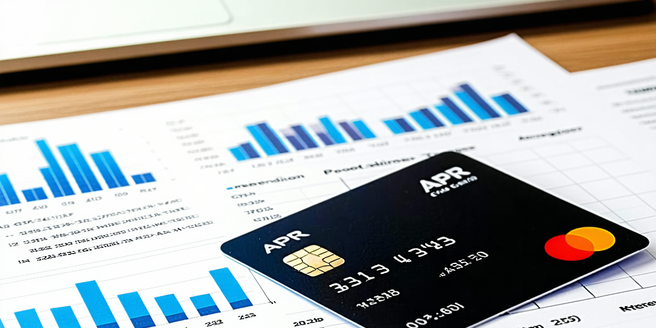
Understanding How Interest Rates Work
Credit card interest rates are the cost of borrowing money from a credit card provider. These rates, expressed as an annual percentage rate (APR), represent the yearly cost of funds if not paid in full. Interest rates can be fixed, meaning they remain constant over time, or variable, which fluctuate with the market based on the prime rate. It’s crucial to understand that paying only the minimum due can lead to accumulating interest, significantly increasing your debt over time. To avoid excessive interest, it’s advisable to pay off the full balance monthly. This will prevent the interest from being applied and help maintain financial health. Credit card issuers typically disclose the applicable rates, allowing consumers to make informed decisions based on the costs involved in carrying a balance. Understanding your card’s interest structure is key to keeping debt manageable.
Types of Credit Card Interest Rates
Credit card interest rates come in various forms, each with distinct characteristics. The most common are purchase APR, balance transfer APR, and cash advance APR. Purchase APR applies to standard transactions made with the card. Balance transfer APR is the rate for transferring balances from one credit card to another, often with introductory low or 0% rates to encourage consolidating debt. Cash advance APR, typically the highest, applies when withdrawing cash from an ATM using the credit card. It’s crucial to understand these differences as they influence your total interest costs. Some cards may also have a penalty APR, which is a higher rate applied if you miss payments. By understanding the various APR types, cardholders can better navigate interest charges and select cards that align with their financial habits and repayment capabilities.
Calculating Daily Interest on Credit Cards
Understanding how daily interest is calculated on credit cards can help manage debt effectively. Most credit cards use a daily periodic rate to determine interest accumulation, calculated by dividing the APR by 365 days. For instance, if a card has an APR of 18%, the daily rate would be 0.049%. This daily rate is applied to the card’s balance each day. To find your interest charge, multiply the daily rate by the balance and the number of days in the billing cycle. This compounding aspect of credit card interest means charges can quickly add up, especially if the balance is substantial. To minimize this, aim to pay more than the minimum payment each month or settle the entire balance by the due date to prevent interest from accruing, keeping overall costs lower.
Impact of Compounding on Credit Card Debts
Compound interest can significantly affect how credit card debt grows, as interest is calculated not only on the initial amount but also on accumulated interest. This can lead to a rapid increase in total debt if left unchecked. Each month, any unpaid interest is added to the existing balance, creating a new principal for the next interest calculation. As a result, even small debts can spiral out of control, making financial management more challenging. Understanding this compounding effect is essential for credit card users to prevent overwhelming debt. It’s crucial to be proactive in managing balances by paying on time and more than the minimum due. By doing so, you can mitigate the compounding impact, maintain control over your finances, and pay off debts more efficiently.
Strategies to Minimize Interest Charges
To reduce credit card interest charges, consider several strategic actions. Firstly, always aim to pay more than the minimum payment. This helps reduce the principal amount faster, thereby lowering the subsequent interest charged. Secondly, if possible, pay the full balance each month to avoid interest altogether. Setting up automatic payments can ensure you never miss a due date. Additionally, consider transferring balances to a card with a lower interest rate or an introductory 0% APR offer. This can provide temporary relief from accumulating interest, allowing you to pay down debt more effectively. Lastly, create a budget to track expenses and focus on reducing unnecessary expenditures. These strategies, when combined, can significantly reduce the amount paid in interest and help maintain a healthier financial status.
